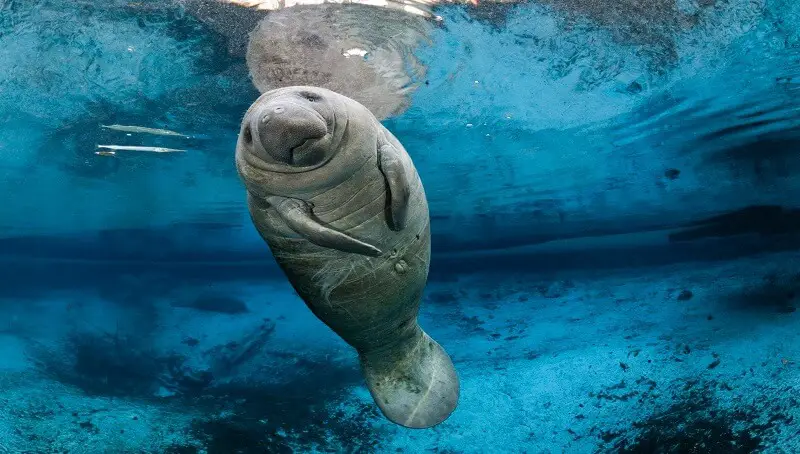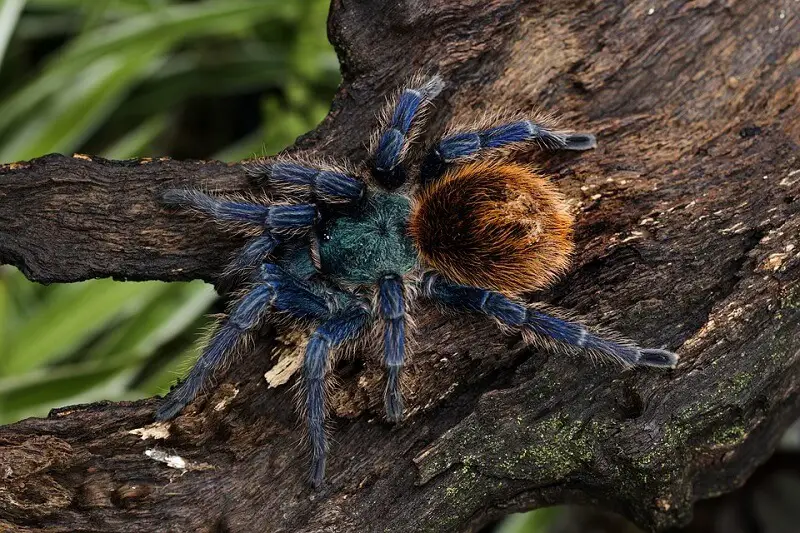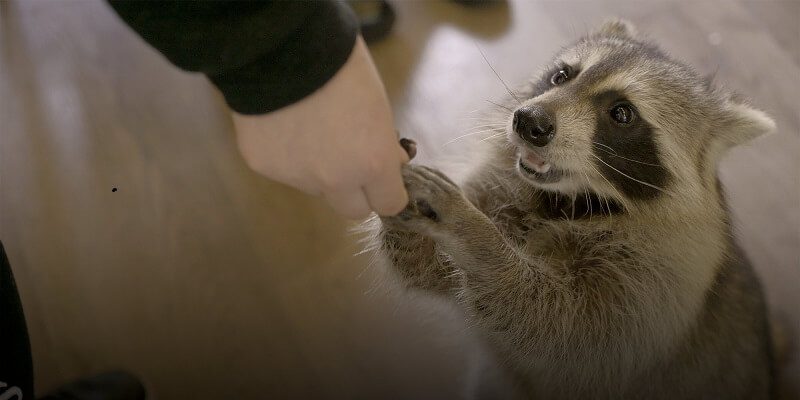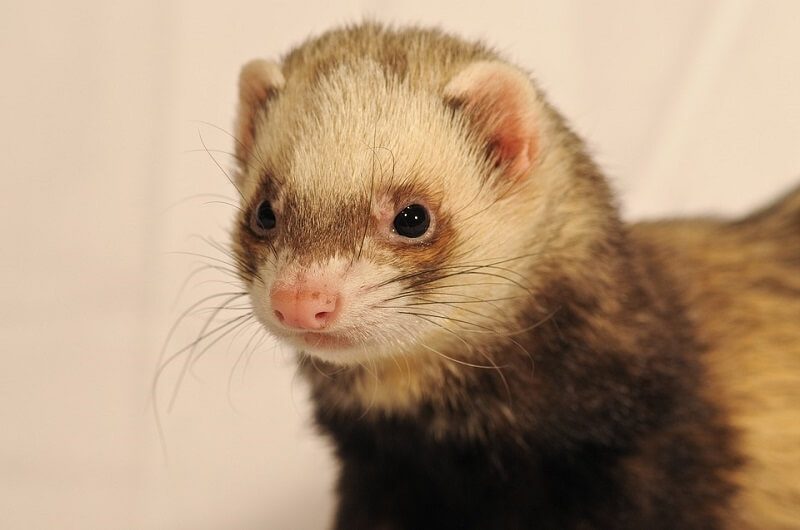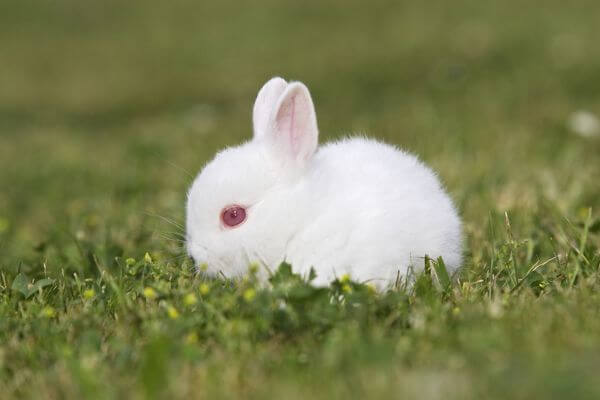The manatee is a large aquatic mammal also known as the sea cow. This name of sea cow is attributed to it and to the walrus because of their impressive bodies.
There are 3 large species of manatees: Amazonian manatees, Western Indian manatees, and Western African manatees.
The name is attributed to it by the people of the Caribbean, and it means chest. It is believed that the manatees evolved from four-legged terrestrial animals existing 60 million years ago, with the closest living relatives being elephants and hydras.
Manatees can be seen in the rivers of the Caribbean Sea, Mexico Bay, West Africa, or the Amazon Basin. They like warmer waters, which is why they gather in shallow waters. The manatees withstand temperatures of -15 degrees. Their source of heat in winter is the rivers.
Taxonomy
According to scientists, this genus consists of 3 species that are:
- Trichechus manatus – Caribbean or Florida manatee
- Trichechus senegalensis – African manatee
- Trichechus inunguis – Amazonian manatee
Although other researchers claim that there is a fourth species, which is the Trichechus pygmaeus – pygmy manatee
Habitat and distribution
The manatee lives in shallow waters, slow-moving rivers, saltwater bays, canals, coastal areas, and estuaries, especially where there is a meadow with aquatic herbs or where freshwater vegetation is abundant. Remember that the manatees are a migratory species, so they will go to those places where food is more favorable.
You might also like my articles with interesting facts about frogfish, dolphins, or frogs.
In the United States, they can be found in the state of Florida during the winter. For the summer months, we can find it on the coasts of western Texas and north up to Massachusetts. They were also seen in states such as South Carolina, Georgia, and Alabama in the summer.
In the case of the Antillean manatee, the Florida manatee, its habitat is found on the coast and rivers of Central America and on the north coast of South America. Although its presence in these areas is very discontinuous. Everything will depend on the conditions of the environment, climate, and food.
What does a manatee eat?
They are herbivorous animals and eat over 60 different plant species, such as mangrove leaves, dwarf arbs, and various types of algae that they tear off with their lips.
An adult typically eats 10% of their body weight per day. They are said to have been seen eating small amounts of fish, caught in nets.
Appearance
The manatees have an average mass between 400 to 550kg and a length of 3-3.5m. Females are larger and have a higher body weight than males.
They have a flexible upper lip that acts in many ways like a small hand. They gather food with it, interact socially, and communicate with other manatees.
The eyes are small and the body shape is similar to that of a potato. It is believed that manatees distinguish colors. Adults do not have incisors or canines, just a set of teeth somewhere between molars and premolars.
A unique feature of these mammals is that their teeth are constantly changing. They practically grow continuously, with the new ones replacing the falling teeth.
At some point, the manatee has only six teeth on each side of the jaw. The tail has an oval shape. Like horses, they have a simple but large stomach in which they digest plants. Their intestines are long.
The manatee’s behavior
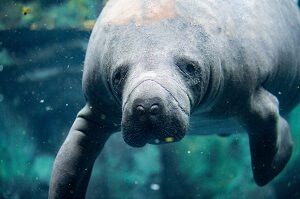 On average, the manatees swim at a speed of 5-8 km/h. However, they can swim at speeds of 30km/h but only over short distances. Manatees are able to learn various complex and advanced social signs in the long term.
On average, the manatees swim at a speed of 5-8 km/h. However, they can swim at speeds of 30km/h but only over short distances. Manatees are able to learn various complex and advanced social signs in the long term.
They emit a wide range of sounds used in communication, especially between mothers and their offspring. Adults communicate a lot through contact and smell, especially during mating.
Manatees have few natural predators. The most popular predators are known to be sharks, crocodiles, and alligators.
All three species are endangered.
In general, manatees tend to be solitary animals.
Reproduction in manatee
Female manatees usually give birth to one offspring every two years. The gestation period lasts 12 months. After birth, the baby will stay with the mother for 12 to 18 months.
Interesting facts
- Especially due to its impressive size, length of up to 3,5 m, and weight of over 1000 kg, the manatee has almost no natural predator. It is hard to believe that anyone could attack an animal with such a mutt and only some of the strongest aquatic creatures dare to attack it!
- The manatee is a quiet and very peaceful animal. If it were not so big, it would probably be one of the loveliest pets! Its favorite activities, which it fills every day with, are eating, sleeping, and swimming.
- Even if it has almost no natural predators, it does not mean that the manatee is not threatened. On the contrary! Accidents at sea, but also the reduction of its habitat contribute to the dramatic decrease of the species of manatees.
- It is true that its eyes are tiny, compared to the total size of its body, but that does not mean that the manatee does not see well! In addition, it should also be said that the “sea cow” can cover its eyes with a membrane that protects the eyeballs with maximum efficiency.
- The appetite of the manatee is in tune with its size! A single animal can consume up to 10% of its body weight, about 50 kg of food over 24 hours!
- Baby manatees are born underwater, and their mothers are the ones who first pull them to the surface to take the first breath of fresh air. In fact, it must be said that although they are aquatic animals, manatees need to surface from time to time to breathe.
- When resting, the manatee can stay submerged for up to 15 minutes. When swimming, however, it must bring its head to the surface every 3-4 minutes to take a so much-needed breath of air.
- It seems hard to believe that the manatee is a herbivorous animal if we think about the impressive amounts of food that it consumes daily! But the exclusively vegetarian diet of the “sea cow” does not pose any problems. The animal manages to get itself daily aquatic herbs, weeds, and algae, the plants that make up its basic menu.
- The Lamantin is the aquatic mammal symbol of the American state of Florida.
- Although they seem rather lazy, mainly because of their weight and size, manatees know how to have fun and be active when necessary. Researchers found, among other things, that these adorable marine animals “roll” into the water when they play!
- The whisks found on the manatee’s face serve to gather food.
- The neck of the manatee has only 6 vertebrae, as opposed to the seven, that most mammals have. As a result, it cannot turn its head, so it must turn around with its whole body to look back.
- They spend almost the entire day moving slowly through the water and “grazing” vegetation.
- Manatees are currently considered a vulnerable animal species. It is estimated that the current world population does not exceed 10.000.
